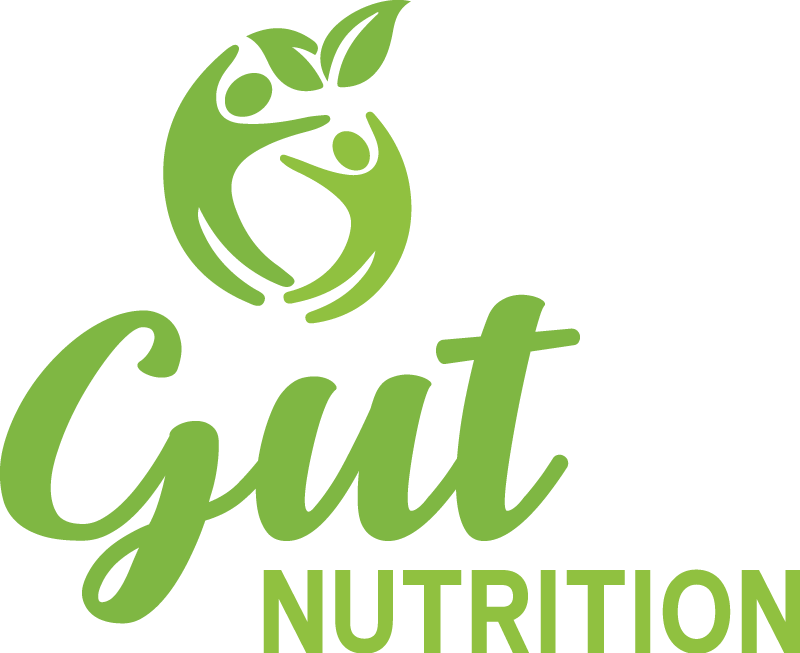Pumpkin
I, and maybe some of you too, get quite excited about autumn produce! The piles of cheap pumpkins & squash, buckets of feijoa and new season apples are all a few of my favourites. Pumpkin, in which camp do you sit? Love it or leave it? For me a bowl of tasty pumpkin soup with some crunchy toast to dip into it suggests that winter is on its way. Apart from being good for the soul, pumpkin is a good source of vitamin A and fibre and is generally well tolerated and easily digested. Fibre is one nutrient that most people, but especially those living with Crohn’s and colitis, are often are not eating enough of each day.
Traditionally low fibre diets have been recommended during a flare of IBD to help reduce diarrhoea and pain however, there is increasing scientific evidence that continuing to eat some types of fibre might be helpful. When IBD is in remission though eating foods which contain fibre is associated with staying in remission for longer and may help to increase the range of different bacteria in the gut. We believe that having a greater range of bacteria and more of the bacteria that thrive on fibre containing foods leads to a healthier gut in the long term.
At this time of year pumpkin is a great vegetable to eat each week because:
Vitamin A - pumpkin, along with other orange vegetables, is a great source of vitamin A. Many research studies have shown that people with IBD have lower blood vitamin A levels than the general population. We have all heard that eating carrots (Vitamin A) helps to see in the dark, well in the gut, vitamin A helps to maintain a healthy immune response i.e. helps to stop the body from attacking itself. Vitamin A is a fat soluble vitamin which means that it can build up in the body to toxic levels if large doses are taken from supplements. It is difficult to eat toxic amounts of vitamin A but if you do, your skin turns a striking carrot-orange colour!
Fibre - most of us need to eat more fibre in our diets. Pumpkin contains a mix of soluble and insoluble fibre. Eating fibre containing foods may help to promote a gut environment for “healthy” strains of gut bacteria that produce short chain fatty acids. Short chain fatty acids are the fuel that help to keep the cells in the gut lining (colonocytes) healthy.
Lastly, and very importantly, pumpkin is incredibly versatile and can be incorporated into many delicious and tasty savoury and sweet dishes. Think curry, salads, roast, mashed, soup, stews, baking, sweet pies and the list goes on. Below is one of my favourites - pumpkin, feta and spinach salad.
What foods or nutrients would you like to know more about? Let me know and I can discuss them in a future blog.
pumpkin, feta and spinach salad
This is one of my favourite autumn salads. I was introduced to it during my dietetic training when one of my fellow student dietitians brought this salad along to a pot luck dinner. Needless to say it was a hit! I particularly enjoy the bright colours, the combination of flavours and the fact it keeps well in the fridge so you can make a large bowl of salad and then enjoy it over a number of days.
INGREDIENTS AND METHOD
1/3 - 1/2 a pumpkin (grey or butternut) or 3 cups chopped
1 tsp nutmeg (cinnamon is also tasty)
1/3 cup pine nuts dry toasted
2 handfuls of spinach leaves
75g feta cheese
1 Tbsp balsamic vinegar
Preheat oven to 200C fan bake. Cut pumpkin into bit size pieces, drizzle with oil, sprinkle of nutmeg and toss to combine. Spread in one layer onto oven tray lined with baking paper and bake for 20 minutes until soft but not mushy.
While the pumpkin is cooking dry toast the pinenuts in a small frying pan on a medium heat. Once they are a little brown remove them from the pan and leave to cool. Watch them closely as pinenuts burn quickly.
Once pumpkin is cooked scattered spinach over pumpkin and return to the oven to wilt the spinach (2 -3 minutes). Remove from the oven, toss to combine and leave to cool. Cut feta cheese into 0.5cm cubes. Once pumpkin is cool, drizzle over balsamic vinegar and transfer to a serving dish. Mix feta through the pumpkin and spinach and scatter with pine nuts. Delicious!
Seven ingredients needed to make a tasty pumpkin, feta & spinach salad
VARIATION: If you don’t tolerate leafy greens or nuts then try blending (see dish on right) the pine nuts and spinach with a little lemon juice (the vitamin C in the lemon juice helps to keep the mixture bright green) and then add to the pumpkin and feta.


